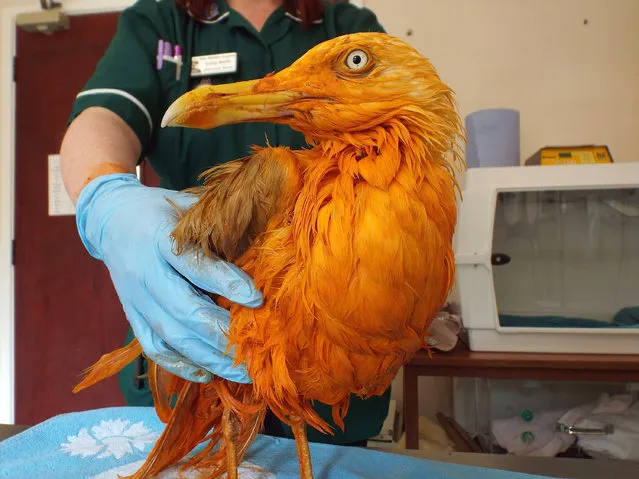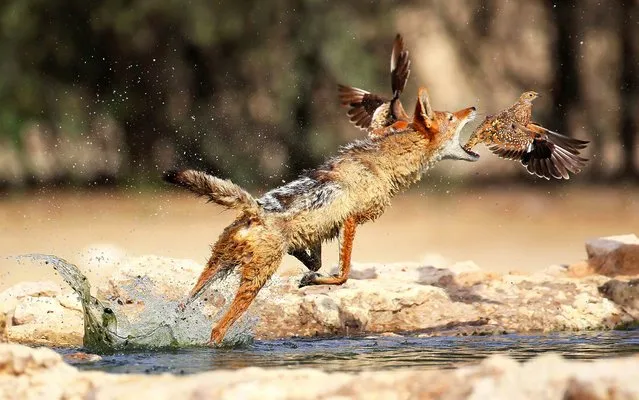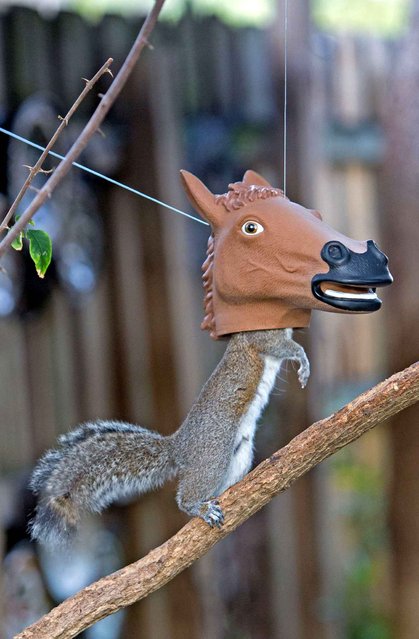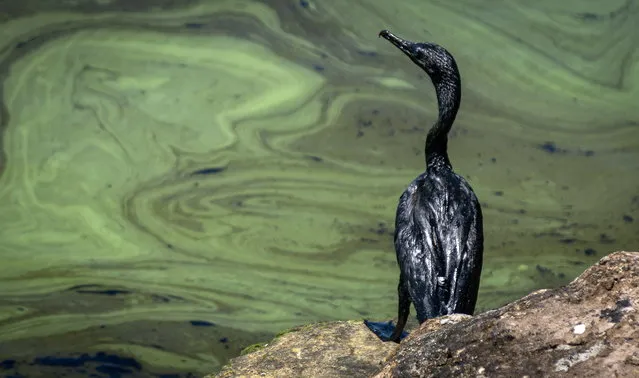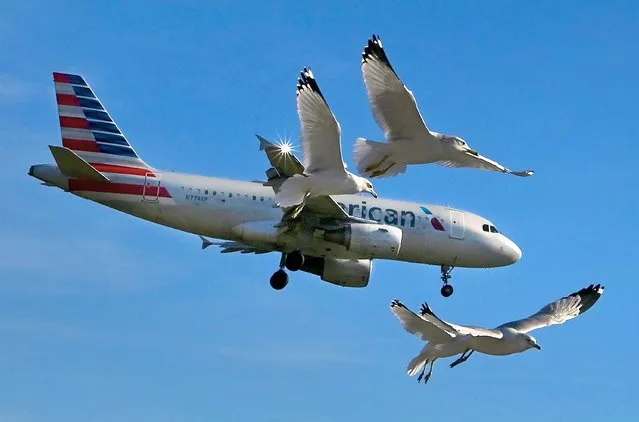
A small flock of birds seems to be giving an escort to an airliner on final approach to Reagan Washington National Airport in Arlington, Virginia on January 12, 2022. The scene took place over Gravelly Point which is an area within the National Park Service's George Washington Memorial Parkway. (Photo by Michael S. Williamson/The Washington Post)
30 Jan 2022 06:19:00,post received
0 comments



